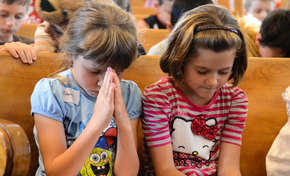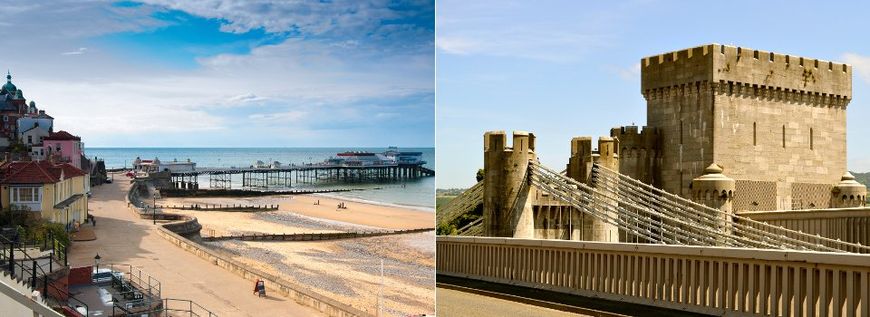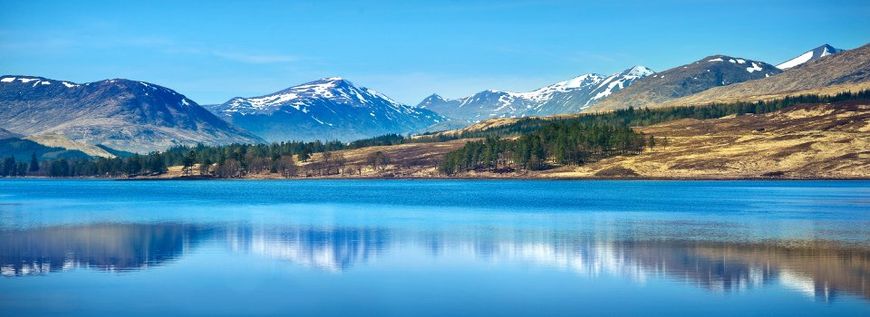Christian Endeavour

This is the website for the Christian Endeavour Union of Great Britain and Ireland.
Christian Endeavour is an organisation which trains and equips today's young people to be tomorrow's Church Leaders.
About Us

We seek to help young people and other young Christians to learn more about the Bible.
Find Out More

We offer participation in regular weekly sessions within the local church.









